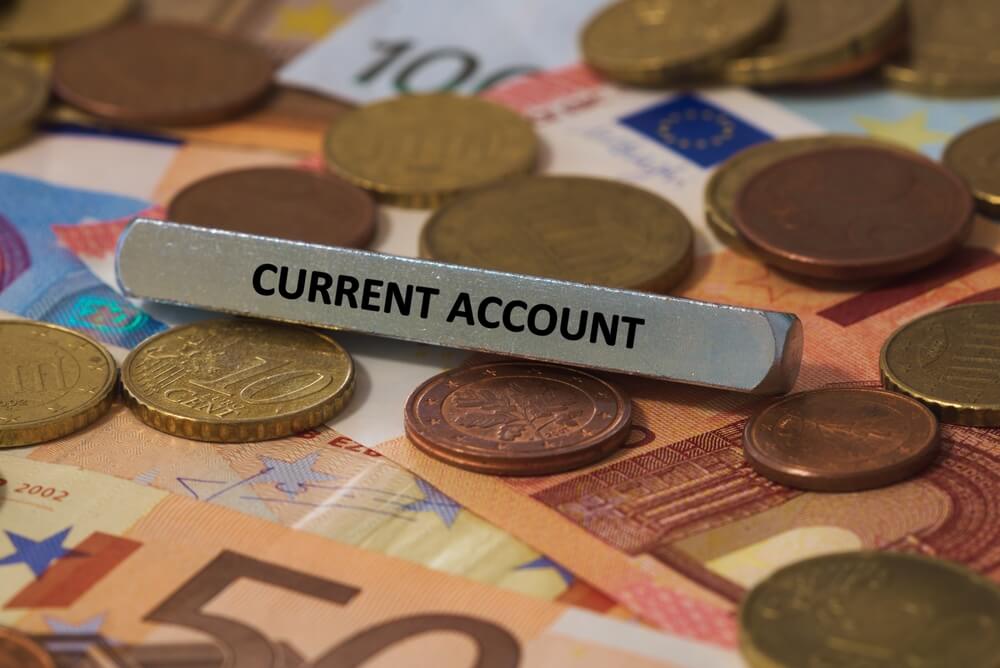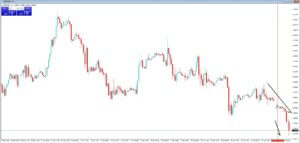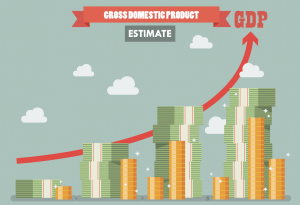Current Account vs. Capital Account
The Current Account and Capital Account make up the two components of the Balance of Payments in international trade. The Capital Account represents the changes in asset value through investments, loans, banking balances, and real property value and is less immediate and more invisible than the current account.
The Current Account
The Current Account is a record of a country’s transactions with the rest of the world. It records the net trade in goods and services, the net earnings on cross-border investments, and the net transfer of payments over a defined period of time. The ratio of the current account balance to the Gross Domestic Product provides the trader with an indication of the country’s level of international competitiveness in world markets.
What makes up the Current Account?
Trade balance: which is the difference between the total value of exports of goods and services and the total value of imports of goods and services.
The net factor income: being the difference between the return on investment generated by citizens abroad and payments made to foreign investors domestically and,
Net cash transfers: where all these elements are measured in the local currency.
What affects the current account balance
The current account of a nation is influenced by numerous factors from its trade policies, exchange rates, international competitiveness, foreign exchange reserves, inflation rate, and other factors. The trade balance, which is the result of exports minus imports, is generally the most significant determining factor of the current account surplus or deficit.
When a country’s current account balance is positive, the country is considered a net lender to the rest of the world, and this is also known as incurring a surplus. When a country’s current account balance is in the negative, known as running a deficit, the country is a net borrower from the rest of the world.
A Current Account Deficit
A Current Account Deficit occurs when a country spends more on what it imports than what it receives on goods and services it exports. This term should not be confused with a trade deficit, which happens when a country’s imports exceed its exports.
When a country is experiencing a strong economic expansion, import volumes may surge as a result. However, if a country’s exports are unable to grow at the same rate, the current account deficit will widen. During a recession, the current account deficit will shrink if the imports decline and exports increase to countries with stronger economies.
Influence on the currency
The currency exchange rate has a huge impact on the trade balance, and as a result, on the current account. A currency that is overvalued leads to imports being cheaper and thus making exports less competitive and widening the current account deficit. An undervalued currency can boost exports and make imports more expensive, thus increasing the current account surplus. Countries with a chronic current account deficit will be subjected to investor scrutiny during these periods of heightened uncertainty. This situation creates volatility in the markets as precious foreign exchange reserves are depleted to support the domestic currency. The forex reserve depletion, in combination with a deteriorating trade balance, puts further pressure on the currency in question. This leads countries to take stringent measures to support the currency, such as raising interest rates and curbing currency outflows.
The Data
The Organisation for Economic Co-operation and Development (OECD) was founded in 1961 “[…] to promote policies that will improve the economic and social well-being of people around the world” (Source: OECD) and is comprised of 34 countries. The OECD publishes quarterly reports comparing figures on the balance of payments and international trade of its 34 members.
Here you can get detailed information on the 34 listed countries Current Account Balance https://data.oecd.org/chart/5NMc






